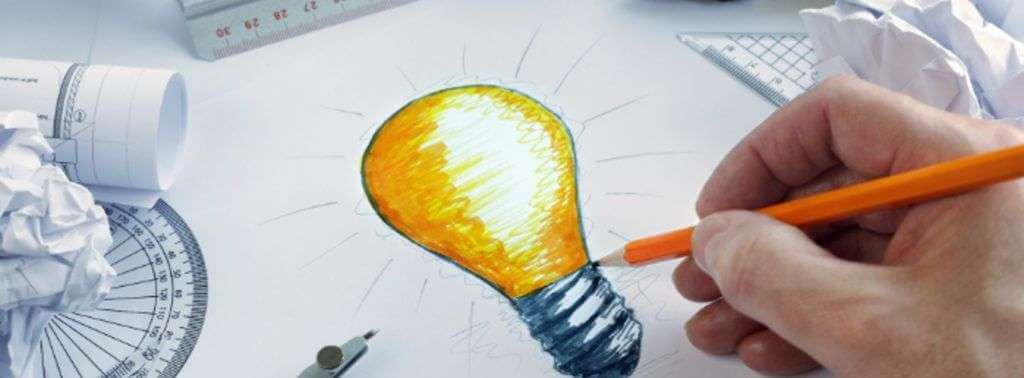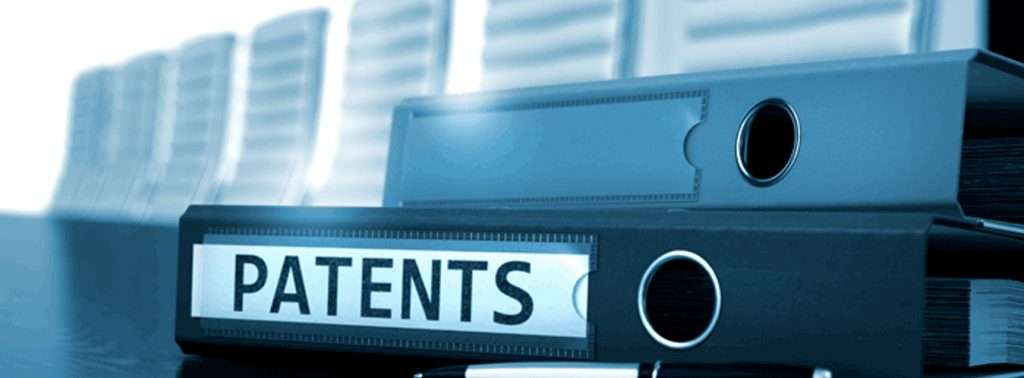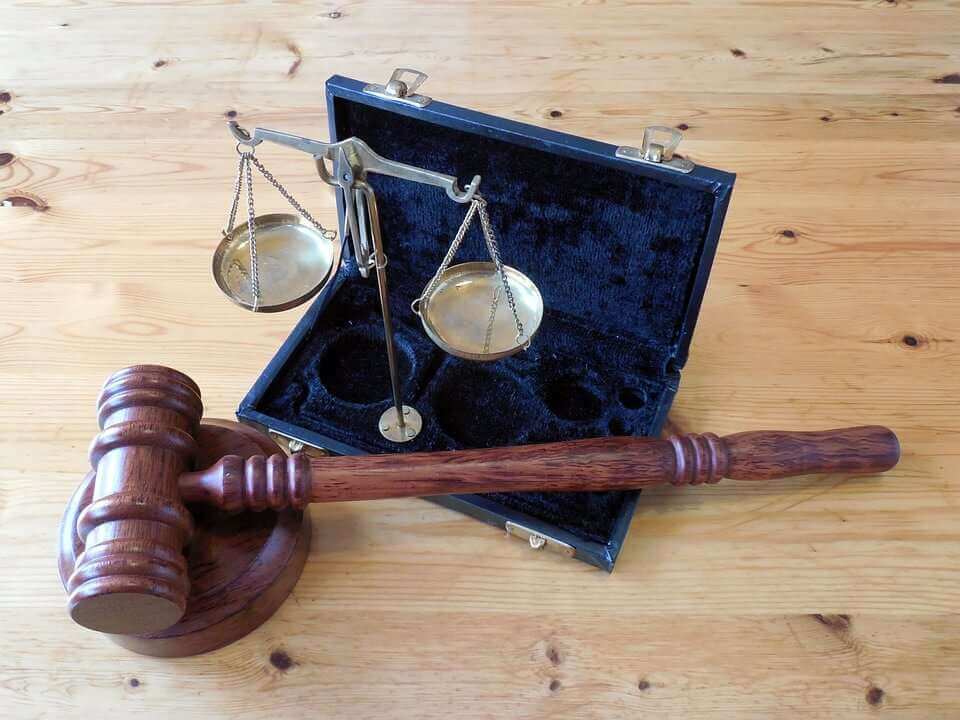In a printed patent the claim usually comes last. The claim are the heart of the patent in that they define the limits of exactly what patent does, and does not, cover. That is the patentee has the right to exclude other form making, selling or using only those things which are described in the claim. Claim construction is the fundamental issue in any patent infringement litigation in both the federal court and the ITC (International Trade Commission), section 337, proceedings. It is the process by which the court or other tribunals determines the scope and meaning of the patent claims. The goal in the patent application is to provide a full, clear, and exact description of the invention in a way that particularly points out and distinctly identifies what the inventors believe he or she has invented and wants protection to cover.
The art of patent claim drafting is undeniably difficult art to master. It is however essential for those in the patent space to both appreciate, understand and master. Before you ever think of writing patent claims there are several basic questions that must be answered.

What is the invention?
The first question is very basic, but whenever the task at hand is complex it makes a perfect sense, to start out easy with something that you can accomplish or build from. Inventions cannot be described in a vague or ambiguous manner but all too frequently inventors will make the mistake only only describing their invention specifically. It basically could be new scientific or novel idea, that could be very unique in itself, and the means of its embodiment and attachment. To be patentable and invention should be, having utility, should be non-obvious and novel. To be called as an invention it should be proved workable. But to be called an innovation it should be replicable at economic cost. Citing an example, lets talk about a Beer mug, in a very general sense, a Beer mug could be seen as a drinking vessel. A patent attorney may use various patent drawing that show different type of drinking vessel, maybe a bottle with a magnet so that it could not lifted easily. The point is your invention is almost invariably going to be more than you initially think it is, and in almost every case there should be multiple different versions of the invention disclosed in the specification and drawings, and then specifically claimed.
2. What are the pieces and parts that make up an invention?
The patent law requires the patent applicant to furnish at least one drawing of the invention whenever the nature of the case requires a drawing to understand the invention. The drawing must show every feature of the invention specified in the claim. In order to capture the full benefit of a filing date, a patent application needs to completely cover the invention and the permutation as of the time the application is filed an drawings can provide a safety net if you have enough details. So why do need a design? A picture is worth a thousand word, in a patent application you are supposed to write each and every detail regarding an invention in its drawing. The point is that you get more disclosure through more drawing, and more you explain your invention with drawing and relating it to every details of your invention you are basically putting more meat on the bones.

3. How do pieces and parts of an invention relate to each other?
In order to define the invention that is new and non-obvious you must include something in the claim, that is different from what is found in the prior art. Perhaps you are improving the prior art by adding something to an existing invention. Perhaps you have come up with a more eloquent solution that requires fewer pieces and parts, which make invention cheaper to manufacture and more durable. Whatever the case may be that best defines your innovative solution, the claims need to define something that is different. The only way to know what needs to be put into a claim to have a realistic chance of convincing the patent examiner that your claims are new and non-obvious is to do a search, which must include both a patent search and a product search on the Internet.
4. Do you have more than one invention?
The goal of doing the search is to identify the prior art. As you look over the prior art what do you want to do is identify the differences between your inventions and prior art. Initially try and find as many differences as you can.
 Some of the differences will not be of patentable importance. Inventors love to focus on different uses,but if you are trying to protect a device it doesn’t help that someone has described the same or very similar device to be used differently. If you are trying to protect a device you need to focus on the device, not the use. So identify as many structural difference as you can. Hopefully the difference you identify will be advantageous.
Some of the differences will not be of patentable importance. Inventors love to focus on different uses,but if you are trying to protect a device it doesn’t help that someone has described the same or very similar device to be used differently. If you are trying to protect a device you need to focus on the device, not the use. So identify as many structural difference as you can. Hopefully the difference you identify will be advantageous.





